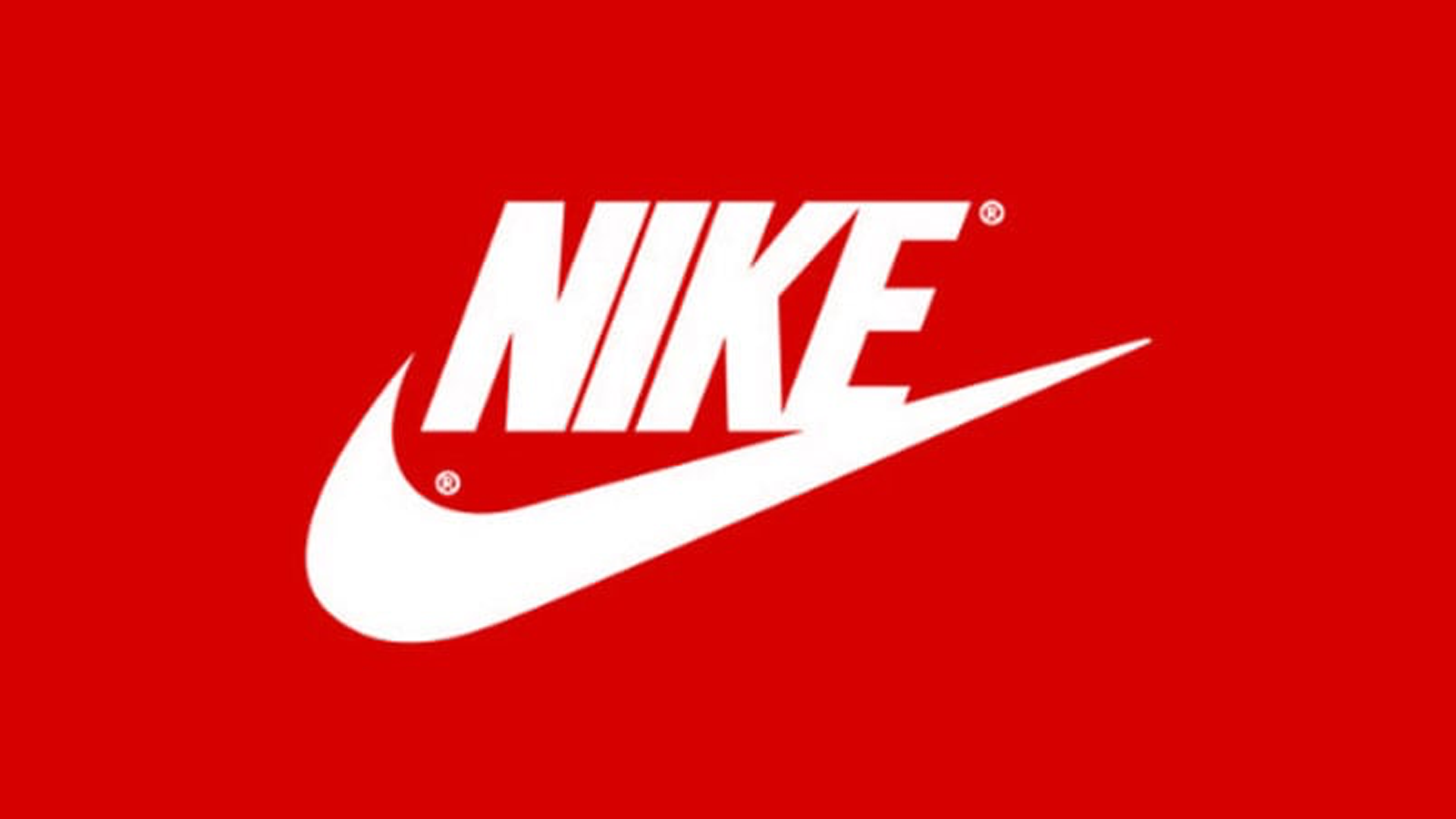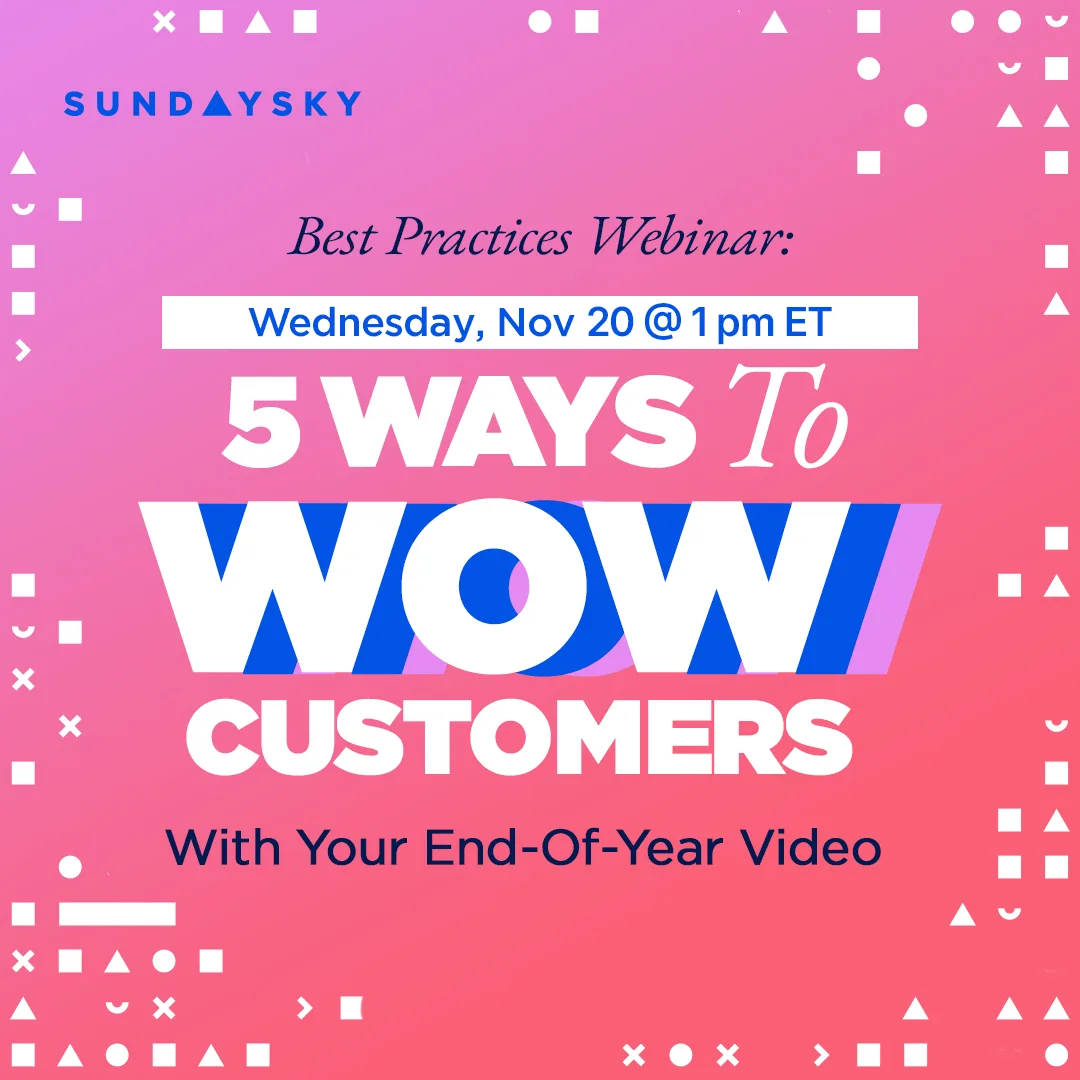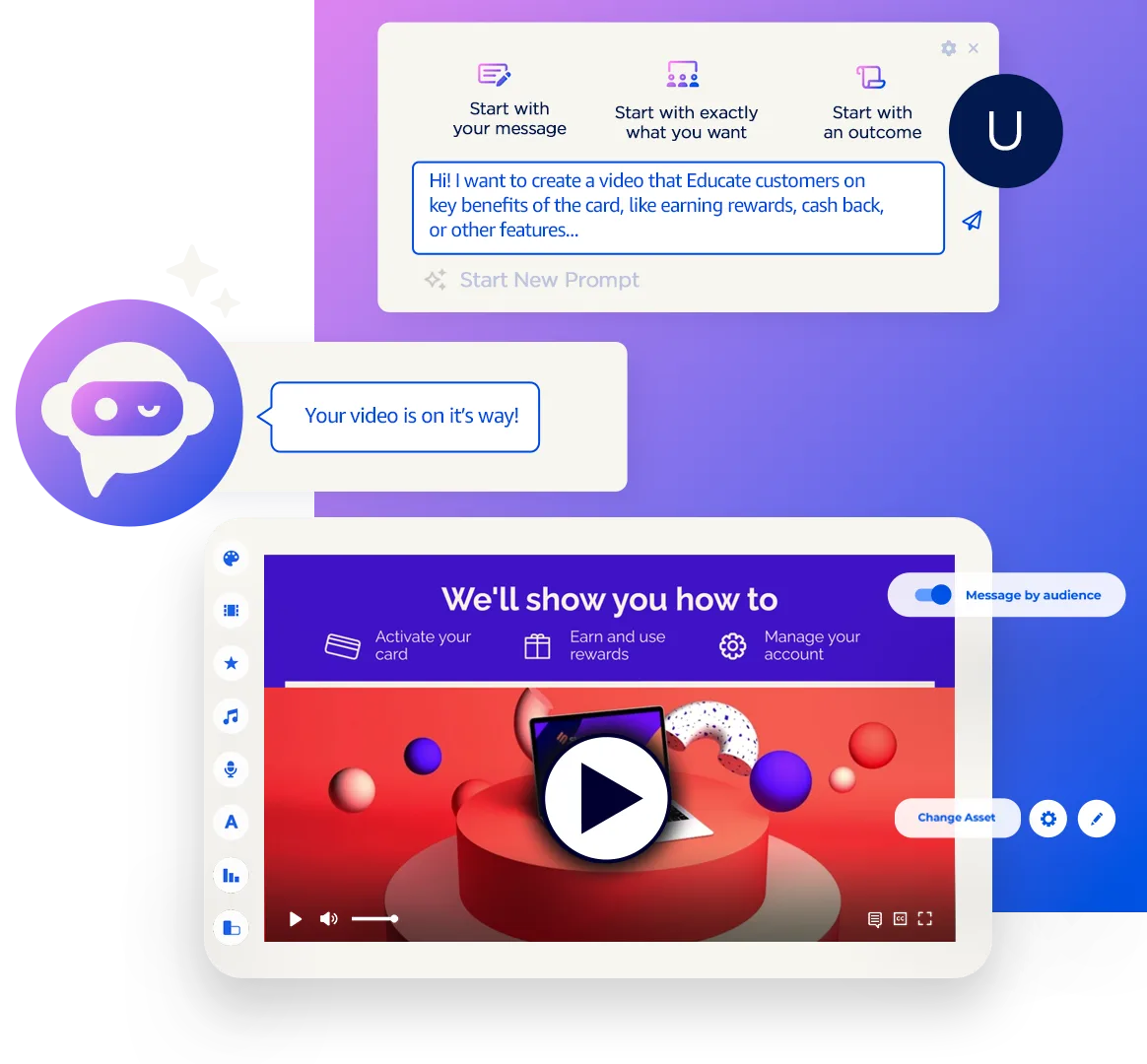Let’s start with a confession: Nike is a love brand of mine. I am a sneakerhead. Ever since I strapped on my first pair of Velcro sneakers, I had a fascination with “the swoosh.” Growing up in Tel Aviv, I would wake up at 3 a.m. to watch Michael Jordan soar above the rim, tongue out, rocking the Air Jordan 3s. Around the office, people can see me wearing a different pair of sneakers almost every day.
To me, Nike stands for excellence. Whether it’s the innovative product design, collaboration with some of my favorite athletes (game, set, match: Andre Agassi) or unique advertising and marketing strategies, it is a company that has always embodied the cutting edge of the craft. I’m not the only one enamored with them, as Netflix recently announced a movie version of Nike founder Phil Knight’s book “Shoe Dog.”
As one of the beloved brands that continues to lead in these strategies, I’d like to highlight how Nike leverages the power of personalization through the customer lifecycle and in marketing communication.
Nike CEO, Mark Parker stated Nike’s goal is to get “more personal at scale.” To that end, the company has made strides in re-shaping itself as a direct-to-consumer brand. Earlier this year, Nike acquired Zodiac, a consumer analytics firm that uses metrics to predict individual customer behavior. In a time when brands must get personal with customers or risk being ignored, Nike’s purchase of Zodiac gives the team the insight they need to drive their digital business. The company now has more customer data at its disposal, enabling them to identify and target the most devoted fans (such as yours, truly!). It’s worth noting that the Nike+ loyalty program members and users of Nike apps (including SNKRS, a personalized shopping experience, and NikeID, a product personalization app) spend nearly triple the amount on Nike products than casual shoppers do through the Nike.com website.
Even still, Nike has not forgotten about the importance of bringing personalization to the traditional retail experience. The company recently launched a direct-to-consumer program in its brick-and-mortar locations. Beginning in Portland and Los Angeles, and soon to expand to other markets, Nike stores are gradually enabling experiences in tandem with the new Nike App At Retail, offering recognition technology and tailored product recommendations for every customer who walks through their doors. In addition, the Nike App At Retail allows customers to make reservations for trying on products in person, along with check-out and payment options at the store.
Nike has also taken a personalized approach in transforming its advertising. During the 2010 and 2014 World Cup tournaments, the company scored big with viral ads featuring a bevy of international soccer superstars, among them Cristiano Ronaldo, Wayne Rooney and Zlatan Ibrahimovic. But for this year’s World Cup, Nike chose to spread its ad campaign across paid and owned media, creating one sprawling storyline, with each content asset optimized for different channels. On mobile devices, audiences can watch Cristiano Ronaldo’s short video series “Believe.” Meanwhile, video platforms host country-specific Nike ads, including a short documentary on the Nigerian World Cup team, interwoven with spots aimed at fans from Brazil and Russia, the host nation of this year’s World Cup.
Utilizing a cross-channel approach makes it possible for Nike to tell a sequential story, irrespective of the touchpoint. Audiences can begin the narrative on mobile devices, then continue it on social media or other digital platforms. This accounts for the fact that Nike’s young target audiences are comfortable with a multiscreen narrative, and even expectant of such a modern storytelling methodology.
These strategies prove that Nike personalization is truly one of a kind, and that the brand will go down in history as an innovative leader in the space. While most brands are struggling with executing basic personalization in an effective and valuable way, Nike continues to see personalization as the holistic strategy that it really is. Continue reading the rest of what I had to say on this subject in my previously published article on Multichannel Merchant.







